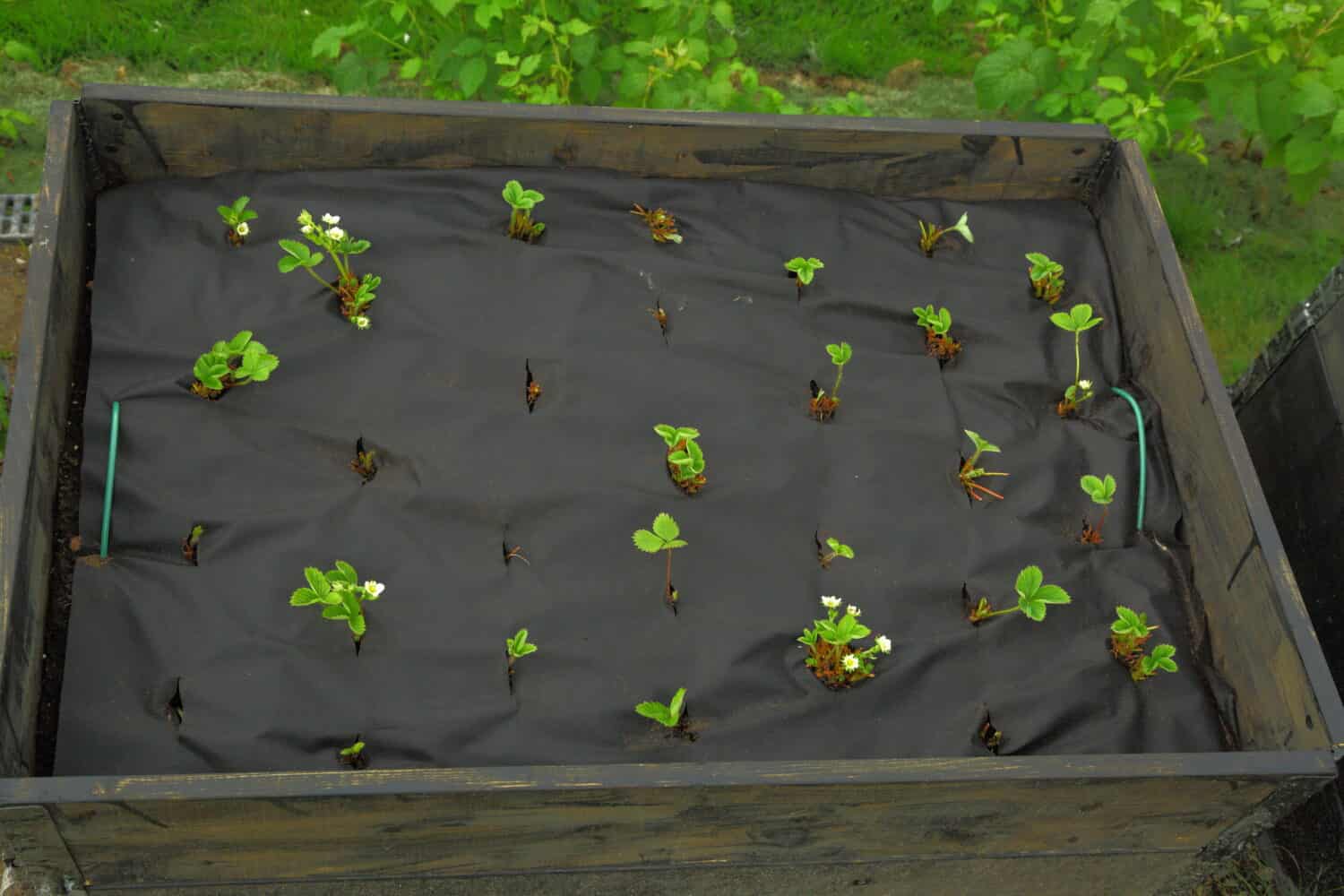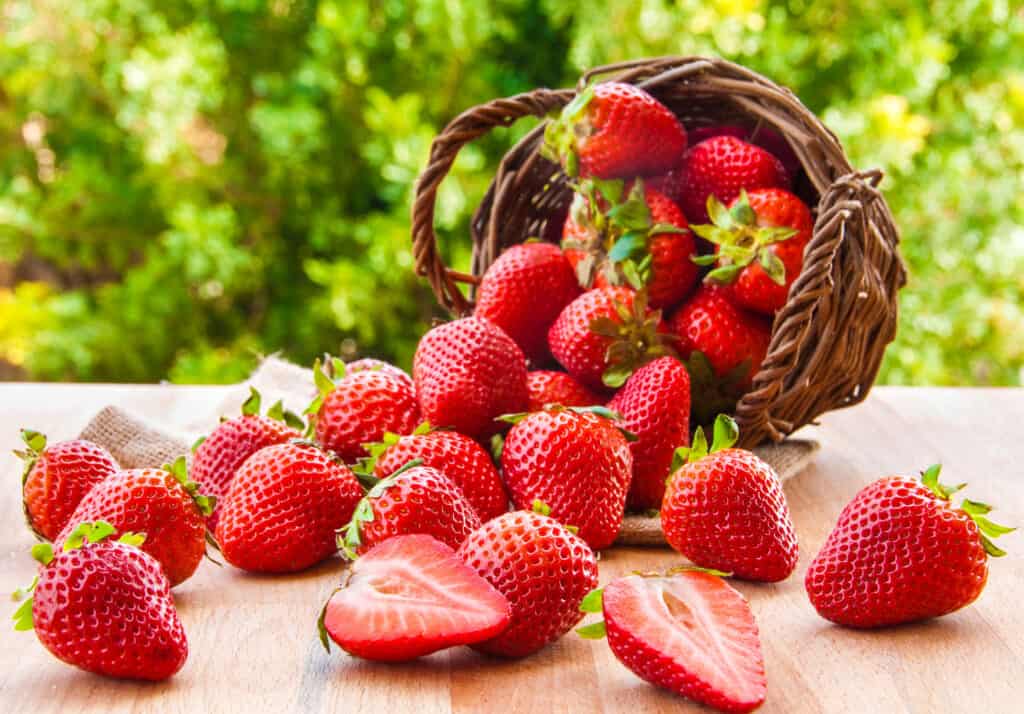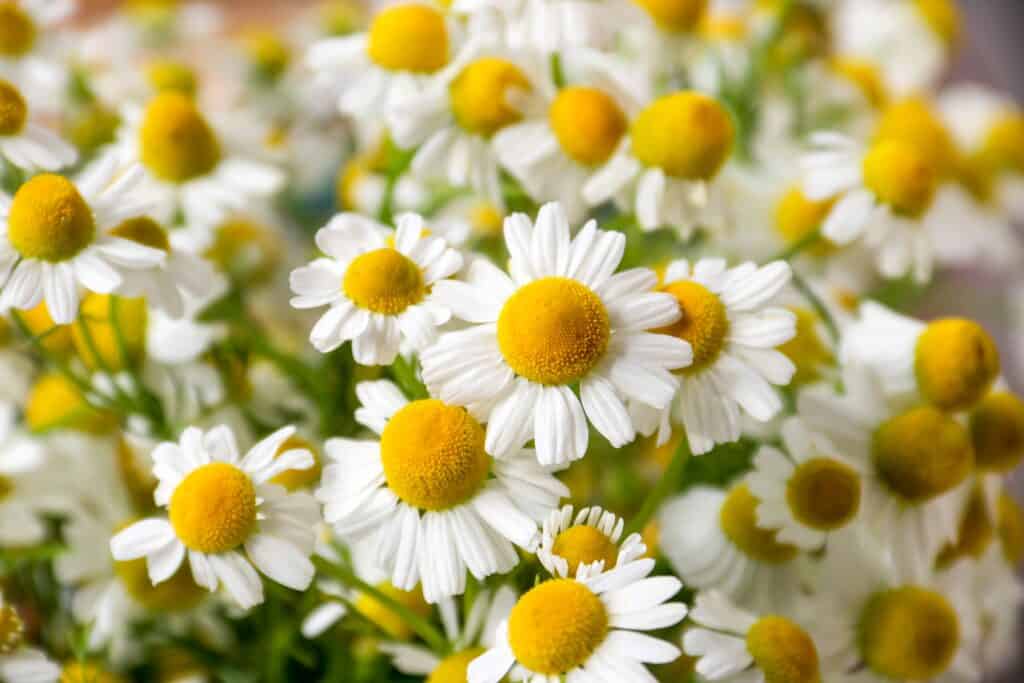Welcome to the vibrant world of strawberry season in North Carolina! In this article, we delve into essential growing tips and highlight the peak timing for these luscious fruits. Discover how to cultivate your own bountiful strawberry patch and savor the flavorsome rewards that come with it. Let’s embark on a journey through North Carolina’s thriving strawberry season together!
Types of Strawberries That Grow Well in North Carolina
- Chandler: This large, bright-red strawberry has a sweet flavor that is excellent for eating fresh. It is a good choice for North Carolina because it is very resistant to disease.
- Sweet Charlie: This strawberry is a popular variety for North Carolina due to its sweet flavor and good shelf life. It is a mid-season variety, meaning it is easy to harvest and store.
- Camarosa: This strawberry is well-known for its sweet, juicy flavor. It is an early-season variety that grows well in North Carolina’s humid weather. It produces very large fruits!
- Festival: This strawberry is an everbearing variety that is known for its robust flavor. It grows well in North Carolina’s mild winters and is resistant to disease.
- Allstar: Allstar is a strawberry cultivar that is well-suited for North Carolina’s climate due to its high yields and sweet flavor. It is resistant to common diseases and is very sweet.
Preparing the Soil for Strawberries

Well-rotted manure, compost, and other organic materials do wonders for strawberries.
©iStock.com/piyaset
When it comes to preparing the soil for strawberries in North Carolina, the best months to do so are July and August. During this time, fertilizer should be added to the soil in order to ensure that the strawberries have plenty of nutrients to grow. Additionally, it is important to till the soil and build raised beds, as this will help the strawberries grow better and stronger.
It is also important to plan for irrigation, as this will ensure that the strawberries are receiving the water they need to thrive. Irrigation systems such as drip irrigation are ideal for this, as they can be set up to provide the necessary amount of water for the strawberries without overwatering them.
When and How to Plant Strawberries in North Carolina

Black plastic mulch is a cheap way to warm the soil and prevent all weeds.
©Mulevich/Shutterstock.com
October is the best month to plant strawberry plants in North Carolina. Before planting, it’s important to find the right place to grow your strawberry plugs. The area should have well-drained soil, full sun, and access to water.
To start planting strawberry plugs, first, dig shallow holes in the soil. The holes should be around 6-9 inches apart. Then, place the plugs into the holes and cover them with soil. Firm the soil gently around each plug. Water the plants immediately after planting to help the roots get established in the soil.
Mulches for Strawberries

Strawberries do well with a thick layer of mulch. Plastic, straw, or bark are all good choices.
Mulching is a great way to protect strawberry plants, provide nutrients, and improve the overall health of the soil. Popular mulches for strawberry beds include black plastic, bark mulch, straw, and hay.
Black plastic is a popular mulch for strawberry plants, as it helps to keep the soil warm and can encourage root growth. Additionally, it helps to reduce weeds and retain moisture in the soil. When laying black plastic, be sure to have a few holes for airflow and water drainage.
Bark mulch helps to reduce soil erosion and keep the soil cool, which can be beneficial for strawberry plants. Additionally, it acts as a weed barrier and can help to retain moisture. Be sure to use a coarse mulch such as cedar or hardwood bark, as finer mulches can cause the soil to become compacted.
Straw and hay are also useful mulches for strawberry plants, as they help to retain moisture, protect the soil from eroding, and keep the soil cool. If you opt for hay, be sure to use a weed-free variety, as it can cause weeds to spread. Additionally, both hay and straw can be a bit messy, so be sure to keep them away from pathways and other areas.
Overwintering Strawberries in North Carolina

Your strawberries will fall dormant in November or December in North Carolina.
©Anna_Gurskaya/Shutterstock.com
As the temperatures drop in North Carolina during mid-November, the strawberry plants become dormant until February, when the weather starts to warm up again.
Come mid-March, the strawberry plants in North Carolina will begin to bloom. These flowers have the potential to develop into strawberries but are vulnerable to freezing temperatures. To shield them from the frost, cover them with row covers or plastic.
During the months of late March to early May, North Carolina growers pay particular attention to the weather in order to protect their strawberry plants. Now is the crucial time to ensure proper irrigation and monitoring of watering systems.
How to Care for Growing Strawberry Plants

Be sure to keep weeds under control, or they will take over your strawberry patch quickly.
©goja1/Shutterstock.com
Growing strawberry plants requires a few basic steps to ensure healthy, abundant fruit production. Here are some tips for proper care of your plants.
Weed Control: Weeds can rob your strawberry plants of vital nutrients, so it’s important to keep them controlled. Regularly pull weeds or use a tool to remove them. You can also lay down a layer of mulch to help keep the weeds from growing.
Fertilizer: Fertilizing your plants can help boost their growth and productivity. Use a balanced fertilizer that’s designed for strawberries, and apply it according to the directions.
Watering: Strawberry plants need about one inch of water a week. Water them slowly and deeply, and avoid getting the leaves wet to prevent disease.
Pruning: Pruning your plants helps them stay healthy and productive. Prune off any dead or diseased leaves, flowers, or fruits. You can also thin out overcrowded plants to allow more air circulation.
Strawberry Season in North Carolina

You can grow strawberries in North Carolina easily with these helpful tips.
©iStock.com/MariaUspenskaya
In North Carolina, the highly anticipated strawberry season typically commences during the last week of April and continues until around May 20th. As local farmers and gardening enthusiasts eagerly await this fruitful period, it is essential to understand the optimal conditions for cultivating these luscious berries.
Strawberry plants thrive in a climate characterized by cool nights ranging between 50 to 55 degrees Fahrenheit. These lower temperatures are crucial as they promote healthy plant growth while also ensuring that the fruit develops its characteristic sweetness. Additionally, mild days with temperatures hovering between 72 to 76 degrees provide an ideal environment for strawberries to flourish.
However, once the mercury rises above 80 degrees Fahrenheit, strawberry plants cease producing flowers altogether. This cessation ultimately translates into a halt in strawberry production.
Tips for a Larger Strawberry Yield

Russian tortoises love strawberries. Do them a favor, and use these tips to increase your yield.
©Elena M. Tarasova/Shutterstock.com
For the greatest yield of strawberries, plant the plants in a single line with one foot between each one. If you plant them in a small quad or patch, the middle plants will not get enough sunlight to bear fruit. After they are planted, stems will spread out and create new runners from the mother plants.
In the summer, your strawberry plants will fill in and form a thick line of leaves. Keep the rows within 18 inches and place the runners within that area as they grow. For the first growing season, it is better to pick off any flowers that form so that you can get a larger yield of berries in future years. By sacrificing fruits in the first year, you will have an abundance of berries in subsequent years.
Best Companion Plants for Strawberries

Chamomile is a good plant to grow near strawberries.
©Olesya Myzzz/Shutterstock.com
- Borage: attracts bees and other pollinators, which help strawberries to produce more fruit.
- Nasturtium: acts as a natural pest repellent and also attracts beneficial insects.
- Marigolds: release a substance that repels nematodes, which are pests that can harm strawberry plants.
- Chamomile: improves the health of the soil and also helps to repel pests.
- Garlic: helps to repel aphids and other pests and also improves the flavor of the strawberries.
Worst Companion Plants for Strawberries

It is best to plant nightshade plants far away from strawberries.
©Digihelion/Shutterstock.com
- Tomatoes: Tomatoes can spread viruses and fungi to nearby strawberry plants. Strawberries are particularly susceptible to verticillium.
- Pole beans: Legumes, in general, are great companions for strawberries. But pole beans tend to grow around the strawberry plants, creating a tangled mess.
- Broccoli: Broccoli can attract aphids and spread them to nearby strawberry plants.
- Cabbage: Cabbage, like broccoli, can also attract aphids, which can spread to nearby strawberry plants.
- Corn: Corn can create a dense canopy of leaves that can block sunlight from reaching the strawberry plants.
The photo featured at the top of this post is © Agenturfotografin/Shutterstock.com
Thank you for reading! Have some feedback for us? Contact the AZ Animals editorial team.







